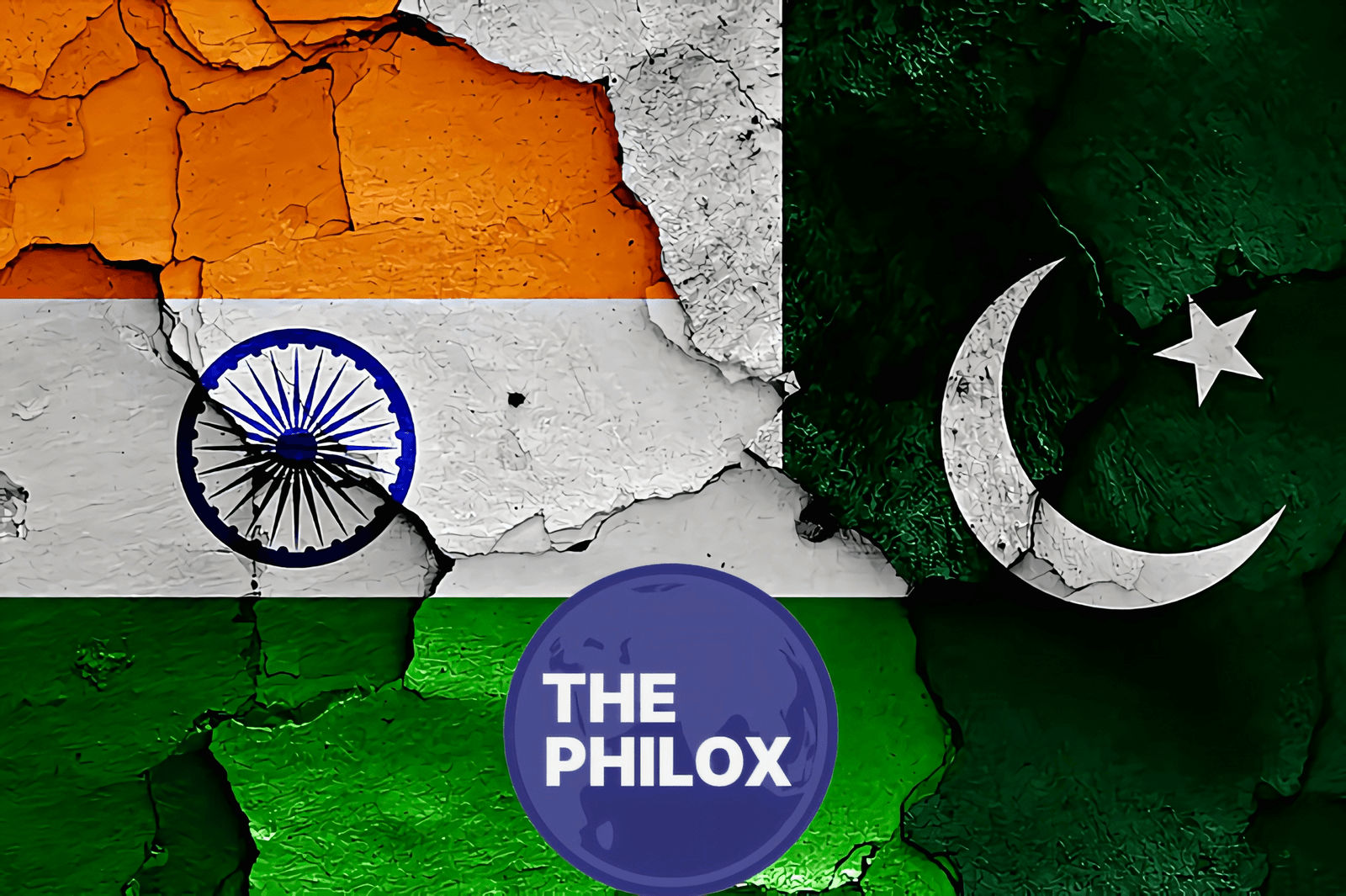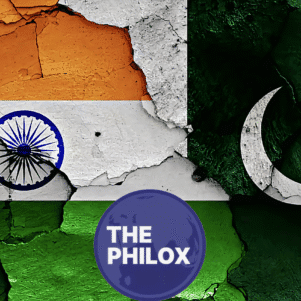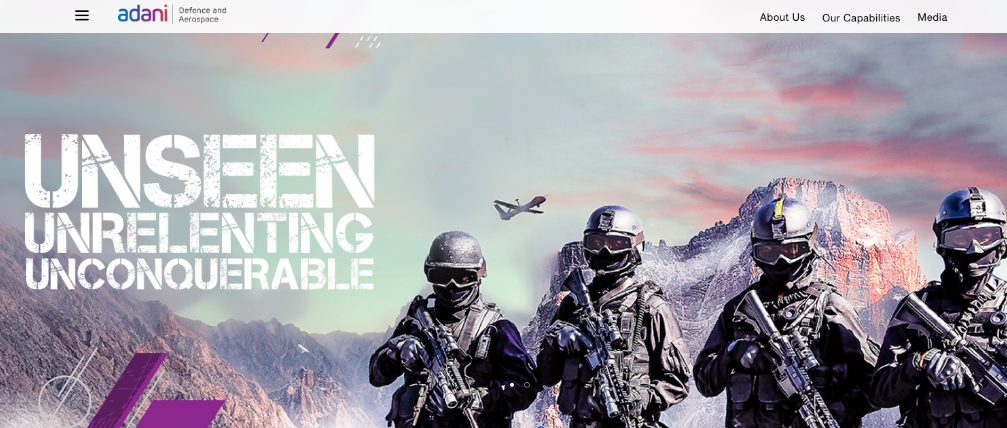
Old Rivalry Between India and Pakistan
Since they gained their independence in 1947, India and Pakistan have waged multiple wars. Soon following the split, the first war took place between 1947 and 1948 mostly in the Kashmir area.
Wars in 1965, 1971, and the Kargill battle in 1999 came next. Both nations have built formidable armies over time, but the cost of every war—in terms of lives lost, financial damage, political unrest—has been great.
Though there has always been enmity, significant stretches of calm and communication have also been evident.
Over time both countries have come to see that conflict offers no long-term fix. These past lessons have been crucial in lowering the likelihood of another full-scale war.
The Nuclear Deterrence
A full-scale war is quite unlikely mostly because both India and Pakistan have nuclear weapons. This has produced what we call “nuclear deterrence.” Simply said, both nations are aware that, should one attack the other with great force, the reaction might be nuclear.
Both sides would suffer greatly and much of both nations may be devastated by a nuclear conflict.
Leaders on both sides are so quite wary. Both countries refrained from allowing the conflict to escalate into a complete war even in very tense moments, such following the Pulwama attack in 2019 or the Mumbai attacks in 2008. One of the main reasons one should avoid full-fledged battle is the possibility of great devastation.
Diplomacy and International Pressure
International pressure is still another main factor lowering the likelihood of war. For political, financial, and strategic reasons alike, both India and Pakistan are significant to many world nations.
Often intervening to define tensions are nations like the United States, China, and European Union members.
Other international institutions like the United Nations likewise support communication rather than conflict.
Countries all around encourage both parties to communicate and defuse the rising border tensions. Stopping the scenario from spiraling out of control usually depends on this worldwide participation.
Though official interactions and backchannel talks go on behind the scenes, diplomacy between India and Pakistan may not always be robust.
These serve to avoid erroneous decisions that can cause war and aid to clear misinterpretation.
Interdependence of Economics and Home Challenges
War comes with rather high expenses. Both India and Pakistan are developing nations with to spend their resources on infrastructure, healthcare, education, and poverty alleviation. A war would deplete these resources and sour the economy.
India aspires to draw international capital and has worldwide aspirations given its big and rapidly expanding economy.
A war might influence trade and frighten off investors. Major economic difficulties including inflation, debt, and unemployment also besest Pakistan.
A war would aggravate these problems and induce more instability.
There are internal pressures both governments deal with. They have to control jobs, public expectations, development, and internal security.
Under such circumstances, starting a full-scale war would not only be unpopular but also seriously detrimental for their political careers.
Enhanced surveillance and fast reaction systems

Conflicts used to be much exacerbated by historical miscommunication and ignorance of knowledge.
Both nations nowadays have developed sophisticated communication and monitoring systems. More precisely they can track each other’s military movements and promptly clear misunderstandings.
These technical developments lower the possibility of unintentional war. Should a missile unintentionally cross the border or cause an error in the airspace, both parties can discuss right away to address the problem before it becomes more serious.
Public consciousness and media’s function
People in Pakistan and India have grown increasingly conscious of the perils of conflict. Thanks to social media, TV, and the internet, citizens nowadays are better informed.
People generally yearn for peace rather than combat during tense events.
While some parts of the media could occasionally encourage harsh language, many reporters and analysts concentrate on peace and understanding.
Civil society—including activists, academics, and artists—now plays a crucial part in fostering communication and peace between the two nations.
Strategic Calculation and Military Restrain
Both India and Pakistan have showed prudence in many circumstances, notwithstanding formidable armies.
Military activity is today restricted and meticulously scheduled. For instance, although it was a deliberate reaction to a terrorist attack, the Indian airstrike in Balakot in 2019 did not result in a complete war.
Pakistan’s reaction was likewise constrained; both sides steered clear of more escalation.
Military chiefs are aware that a full-scale battle could produce unexpected outcomes. Modern weapons and the possibility of civilian casualties make targeted operations their preferred choice over broad conflicts. Full war is less possible thanks to this calculated strategy.
Global Social and Cultural Relations
Though governments may have hostile relations, person-to- person ties between India and Pakistan remain strong.
Families split apart during the division remain in touch. People from both sides appreciate food, music, literature, and movies.
Millions of people view and pay great interest in cricket games between India and Pakistan. These games reveal how much common interest and culture the participants have even while they sometimes intensify emotions. These social and cultural links function as a quiet peace-building link.
Efforts at peacekeeping and regional stability
Many groups and people aim at peace between India and Pakistan. Online platforms, cultural events, and educational exchanges are helping to lower hostility by means of understanding.
Moreover crucial for the whole South Asia is peace. A war between India and Pakistan will have an impact on Bangladesh, Afghanistan, Nepal, even China, neighbors.
Regional initiatives so also help both countries towards collaboration rather than conflict by means of communication.
Finish
While tensions between India and Pakistan persist, the present global and regional scene makes a full-scale war quite unlikely.
Preventing such a dangerous result depends on nuclear deterrent, economic costs, international diplomacy, military restraint, and public awareness among other things.
Peace brings significantly more benefits for both nations than conflict does. Dialogue, growth, and mutual respect should now take front stage to guarantee a safer future for the people of both countries.










